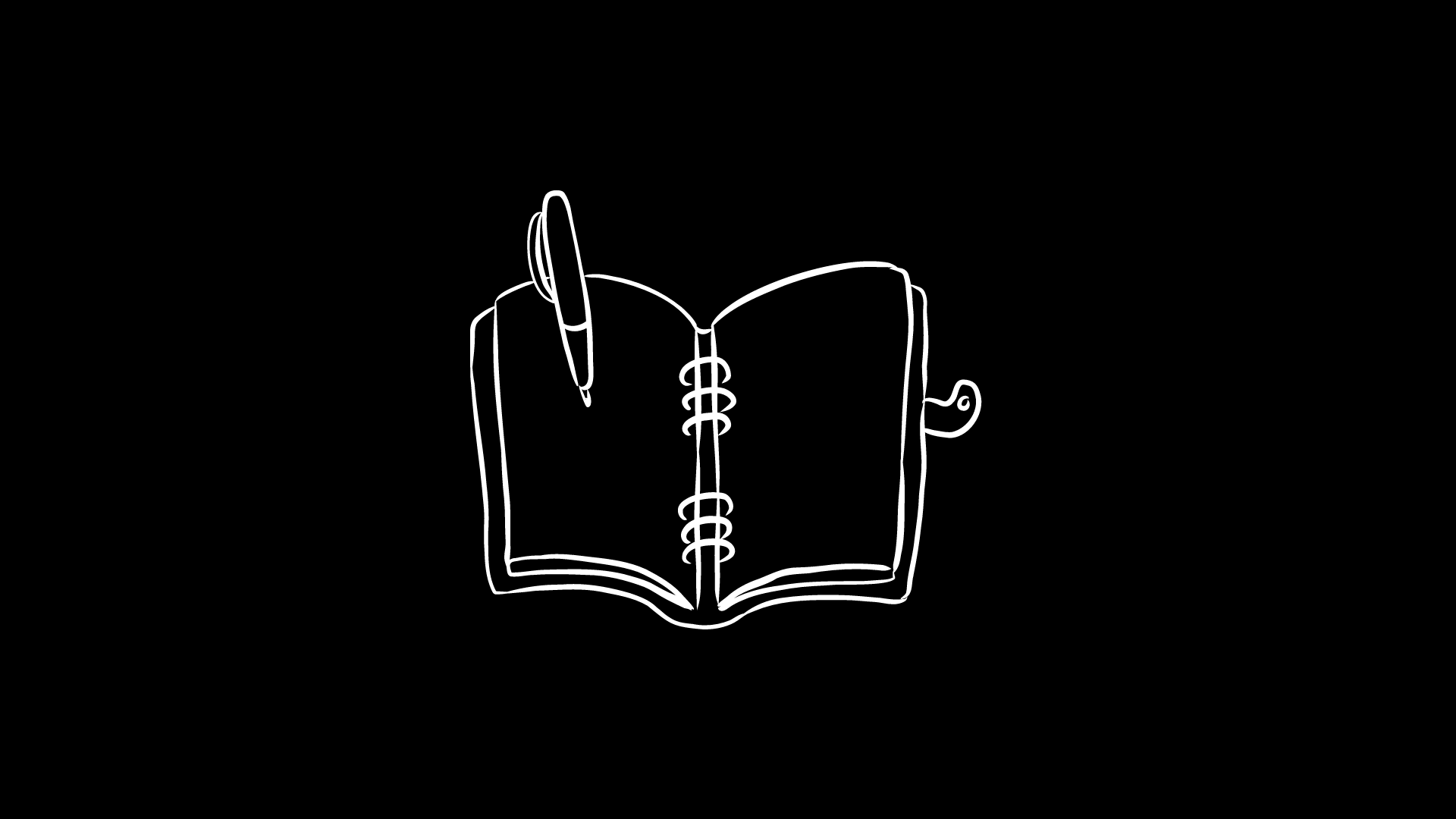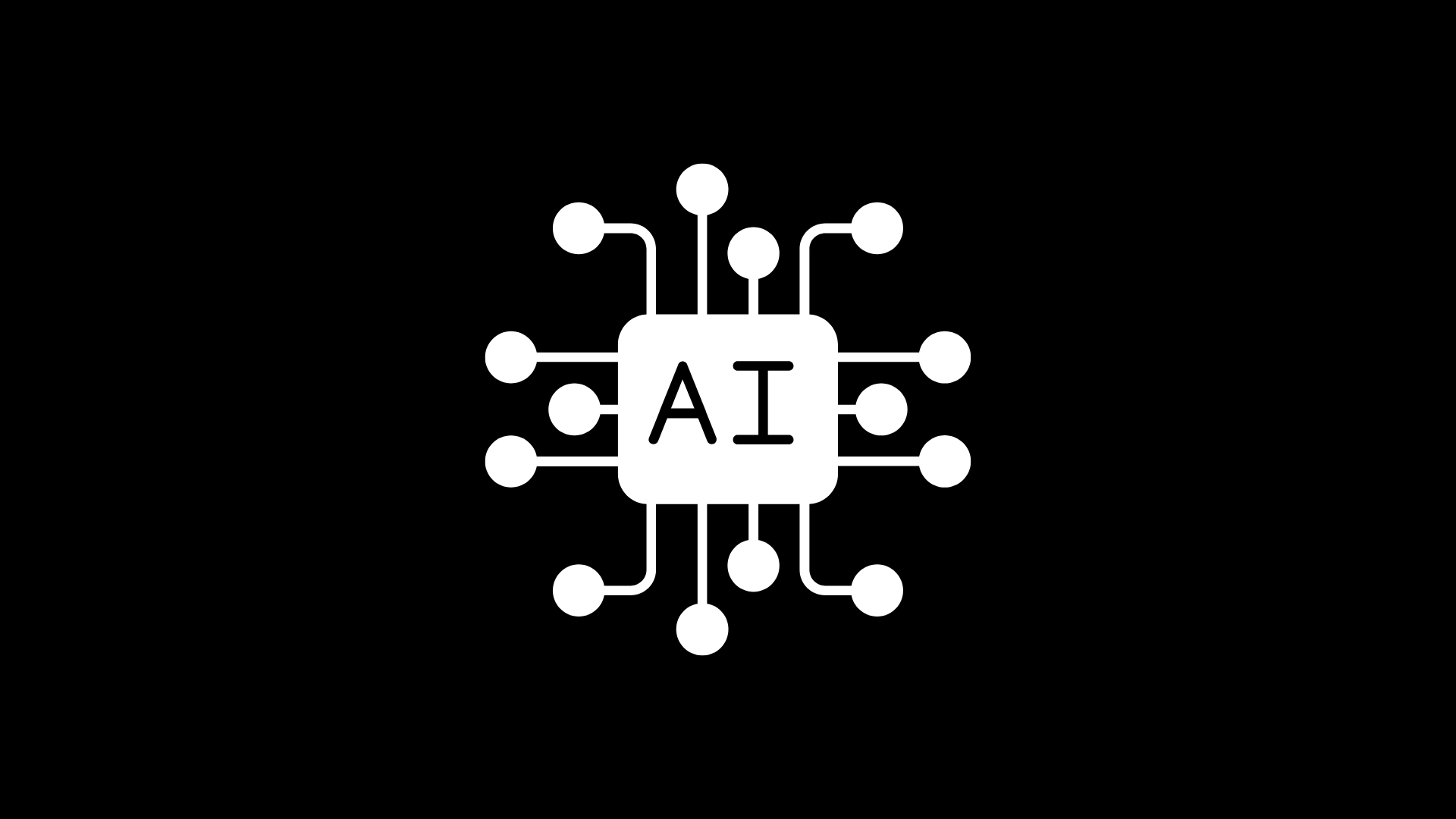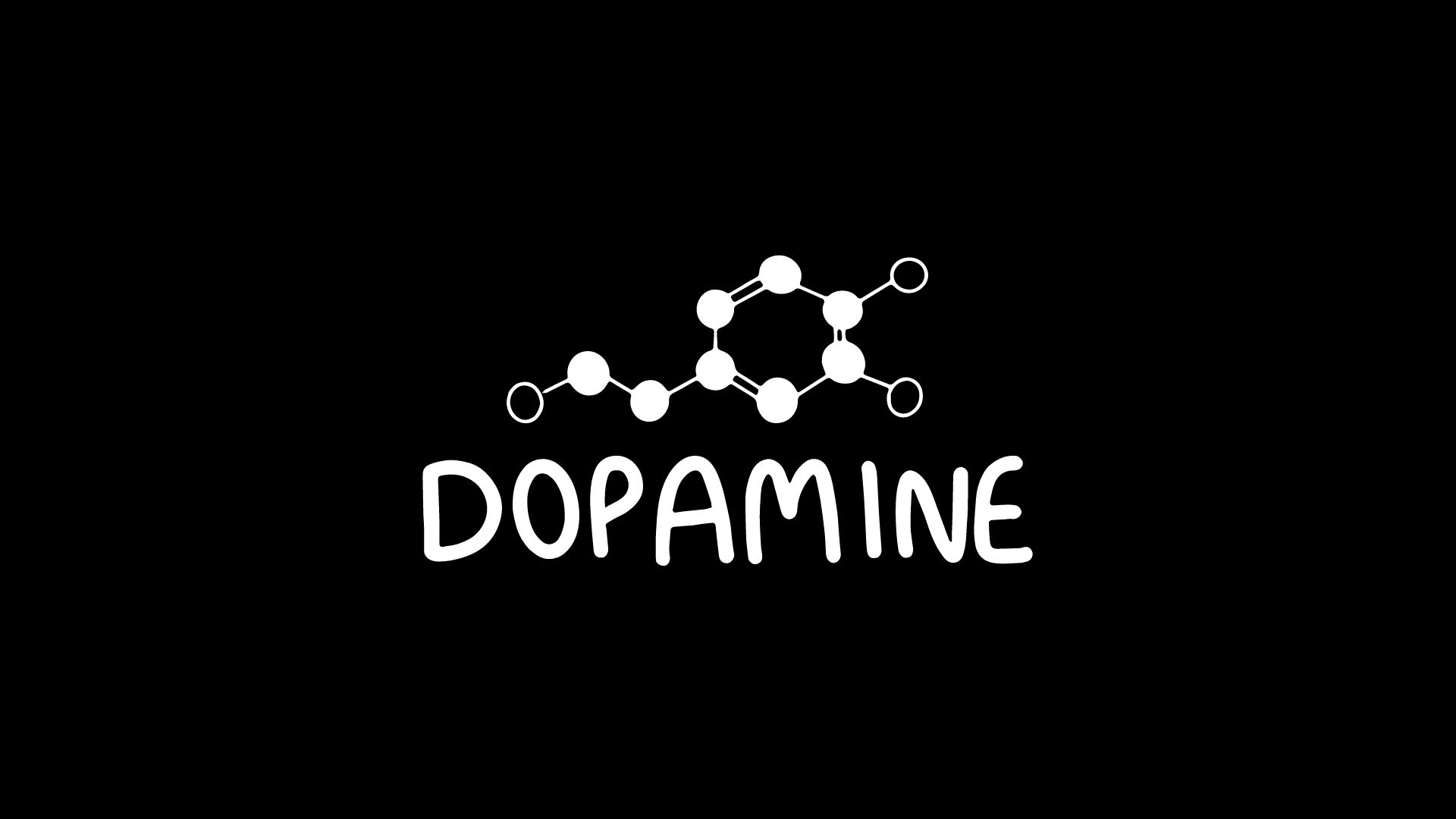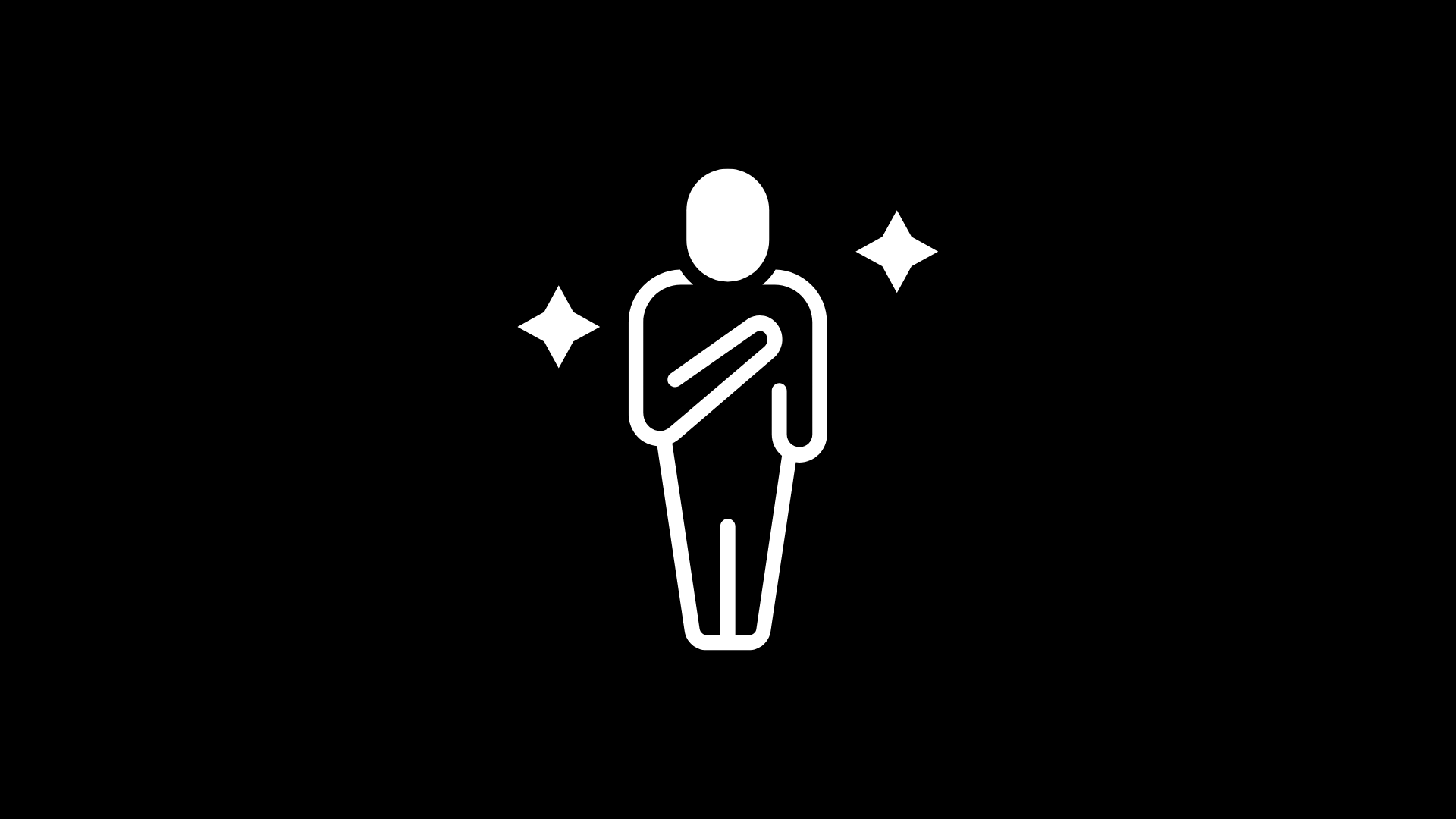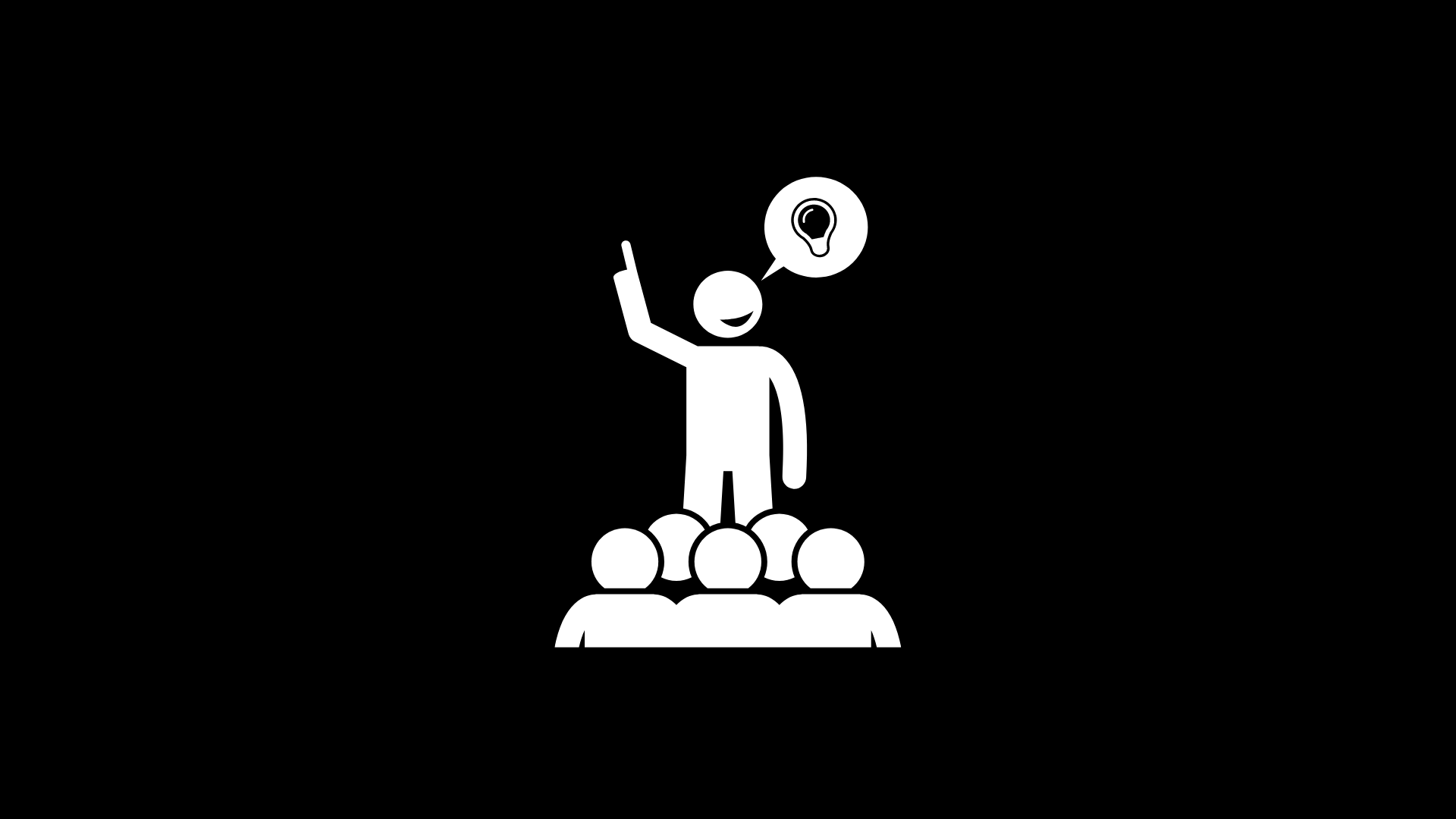Are deepfakes rewriting history?
Are we in the age of deception, where we can’t even trust our own eyes?
Most prominent faiths across the globe refer to it as the era of deceit, and they have often mentioned it in sacred scriptures. Are we approaching that point?
It’s March 2021, and a woman is arrested after sharing a deceptive video of her daughter’s cheerleading rival vaping to get her kicked off the team.
After all, who needs the threat of physical violence when social media photos and videos can ruin someone’s life?
What is Deepfake? (Synthetic Media)
How do deep-sea divers get so far down in the ocean?
Well, in tech terms, “deep” means “deep learning,” which is a type of artificial intelligence (AI) that lets computers act like people. It’s like telling a computer to act like someone else by saying and doing things that person never said or did. Isn’t that cool?
Imagine Deepfakes as look-alike stand-ins in movies.
It’s like replacing one actor’s face, voice, and actions with a computer-generated twin who is so good, they could win an Oscar for best impersonation. For your little show, you get to “borrow” someone else’s face, voice, and mannerisms.
But hold on, is this even allowed? Not really, no.
A group on Reddit that used AI to put well-known faces on porn actors was the first to use and call it Deepfake.
Synthetic media create a storm of confusion where it’s hard to tell what’s real and what’s not.
Now, you might laugh and say, “Hey, don’t we all “deepfake” when we’re not being ourselves?”
It’s a funny thought, but it’s not true. It’s not the same thing at all! My friend, that’s a different way to talk about psychology. Deepfakes in tech? All of that has to do with AI, videos, and a lot of data.
How Does It Work?
This technology is made possible by two artificial intelligences that compete with each other.
One AI, often called the “generator,” eats up all the information it can find about the person being copied, whether it’s images, videos, or audio, and uses it to make a digital copy of that person.
The second AI, which is called the “discriminator,” acts as a harsh critic. It compares the digital double to the original person and points out any differences.
The generator tries to make the most realistic fake it can, while the discriminator picks apart its work. With each round, the generator gets better at fooling the discriminator. Eventually, it makes a fake that is so good that the discriminator can’t tell it from the real thing.
It’s like having a person who fakes art and someone who criticizes it in the same room. Each person will push the other to do better.
Now, thanks to improvements in technology, this deepfake technology is no longer just for high-tech labs and tech experts. No, it’s not. It’s becoming a toy that almost anyone can play with, and as computers get better, it’s likely to become even easier to use.
You might ask, “Who can be fooled by deepfakes?”
Well, pretty much anyone! People like celebrities and politicians are easy targets, but regular people like you and me could also be in the crosshairs. The technology has some amazing uses, but it can also be used to spread false information and control people.
So, keep in mind that not everything you see online may be what it seems to be the next time you look around.
The Dangers of Deepfake
Deepfake has gotten better. It’s like we went from simple puppets to high-tech holograms that look so real they give you goosebumps.
And spotting these digital disguises? You might as well go into a dark room and try to find a ninja.
People are fooling people online with these high-tech masks and stealing their hard-earned money. Imagine a smooth con artist who, instead of charm and quick hands, uses coding skills and a lot of data.
As this technology gets better, not only does it get smarter, but it also gets as easy to use as your favorite photo editing app. It also gets harder to tell which ones are real and which ones are fake. It’s like trying to tell the difference between a high-quality designer bag and a very high-quality fake bag.
And what will happen?
Well, they can be as bad for someone’s reputation as if a tornado went through it.
Remember how the best magicians say:
It’s easy for them to make us believe what we want to believe
Well, deepfake is like magic, but instead of pulling a rabbit out of a hat, it makes us believe something that isn’t true.
Technology has two sides; depending on how it’s used, it can be good or bad. And this is one of the best examples.
A shocking study from the Netherlands found that over 97% of deepfakes were non-consensual adult content with women. It hurts not only their image but also their rights and sense of self-worth.
Deepfakes are real threats that push us deeper into a world full of false information. It’s like we’re lost in a maze where real facts are portrayed as fake, conspiracy theories grow like weeds, and powerful groups use sophisticated disinformation shows to play the role of puppet masters.
To threaten a superpower like the U.S., you no longer need a fleet of aircraft carriers, nuclear weapons, or missiles. Now you just need to know how to make a fake video that looks real. Isn’t it terrifying?
Here’s a tip: If something makes you feel very strongly, whether it’s good or bad, take a moment to check if it’s real. Though I have to laugh a little because, sure, when we’re angry, we’ll all stop and look at every detail, right? Only if!
Remember the ’90s, when the golden rule was not to believe everything you see on the internet? Fun times! Then, around 2010, it seems like we all lost our memories and started to believe everything on the internet. Deepfakes wouldn’t be such a problem if we could just remember that old advice.
On the bright side, the rise of deepfakes might teach us to be more careful about our digital footprints. “Security reasons” might make us not use that fun face-swapping app or give our voiceprint to a company or the government.
A wake-up call in a world of deep fakes That’s an interesting thought!
The Benefits of Deepfaking
This technology has clear benefits in certain areas, such as education, entertainment, identity protection, reviving memories, influencer marketing & personal branding, and public safety.
Education:
Deepfake technology can change the way we teach and learn. Educational organizations and teachers, who have been using different kinds of media to teach for a long time, can use deepfakes to create learning experiences that are especially interesting and intense.
Synthetic media made by AI can give historical events and people new life, turning boring old history lessons into engaging ones that can keep students’ attention. Imagine a classroom where students don’t just read about important people, but also see and hear them giving famous talks or talking about what they did. This could help students learn more about what happened in the past and make learning more interesting.
Deepfakes can be used as a new way to teach history by letting teachers use historical reenactments or even the personal speeches of historical people in the classroom. This use of artificial media can get students more interested, spark their intellectual curiosity, and give them a powerful learning tool. So, deepfakes can change the way education is done, making learning more interesting and thorough.
For instance:
Take a history lesson on Martin Luther King Jr.’s “I Have a Dream” speech. Synthetic media can recreate that day in the classroom instead of playing an old, blurry tape or reading the lecture.
A deepfake video might show a virtual Martin Luther King Jr. giving his 1963 address at the Lincoln Memorial with the same emotion and conviction. Students might even pose questions about this virtual depiction to better comprehend the historical background and importance of the event.
This vivid, engaging, and interactive educational experience might deeply affect students and deepen their grasp of history. The crowd’s emotions, body language, and intonations made for a better learning experience than a standard history class. This is one-way deepfake technology may improve teaching.
Entertainment:
Deepfakes may capture the essence of imitation, amplification, distortion, and recontextualization of real events with stunning realism. AI-generated synthetic media opens a new entertainment horizon. This technology allows producers to recreate material, making it popular among independent artists and YouTubers.
Synthetic media are transforming entertainment by allowing creatives to reinvent their work. This technology might change our perspective on reality in entertainment. Deepfakes’ dramatic and creative representations might transform entertainment by blending truth and fantasy.
Consider this technology in comedy routines or parodies.
Traditional techniques require actors to emulate the voices, mannerisms, and features of the person they’re mimicking, which might fail depending on the actor’s talents.
Imagine an independent producer or YouTuber who might make a video that looks and sounds like a celebrity or public figure. Or a comedy where the creator “becomes” a prominent person like the president, a celebrity, or a CEO and delivers lines hilariously and realistically.
Identity Protection:
Deepfakes could help free speech and privacy, especially in places where these rights are limited. They could help journalists, authors, and people who fight for human rights expose tyrannical governments without putting their identities at risk. This technology gives brave people the tools they need to report crimes and wrongdoings on both traditional and social media. Deepfakes show how brave and persistent citizen authors and activists are, which proves their role in democracy.
This also can improve digital avatar experiences.
People can use these made-up characters to express their ideas, thoughts, and beliefs creatively. This is especially important for people with physical or mental disabilities who have trouble expressing themselves in the usual ways. Synthetic avatars let people communicate, participate, and express themselves online without being limited by society or their bodies. With this tool, people may be able to say what they want online and build a community that is more open and diverse.
Deepfakes can also keep people safe and protect their privacy. People protect themselves while giving information by hiding their faces in interviews or testimony. By changing how celebrities move their faces, speak, and feel, technology could make it easier for people from different cultures to communicate with each other.
Synthetic media are useful in many ways, but their misuse raises moral and safety concerns. To protect rights and trust in technology, it needs to be used responsibly and regulated.
Reviving Memories:
Deepfakes can be used to make the pictures of loved ones who have died come to life, which is a thought that many people find healing and comforting.
With this new technology, old pictures can come to life, creating a moving image that can feel much more real and involved. It can help you feel closer to the people you’ve lost and keep their memories alive in a more vivid and real way.
Even though this use of this technology raises ethical questions and could be used in a bad way, it can help people who have lost a loved one uniquely if it is done in a responsible way and with care for the people involved. It shows that technology can do more than just entertain or teach.
It can also help people deal with loss and remember their loved ones.
Influencer Marketing & Personal Branding:
Deepfakes could change how brands and influencers are used in marketing.
Influencers may be able to reach more people and get their followers more involved by using this technology. They can send messages that are very specific and personalized, which makes the audience’s experience better and strengthens relationships.
The AI Foundation, which makes custom AI for leaders and celebrities, is in charge of this change. If these famous people give their OK, these AI characters could connect with the audience, reach more people, and get fans more interested by giving them customized experiences on a large scale.
The AI Foundation’s Deepak Chopra character is one example. The fake Chopra could talk to her fans, answer their questions, and give them advice.
This technology could change how marketing is done for personal brands and people with a lot of followers. People who look up to leaders might feel like they know them well. Influencer marketing could go to the next level and give the business new options if it added an immersive and personalized touch.
Public Safety:
To get a full picture of a crime scene, you do need to use evidence-based inductive and logical thinking.
In this situation, AI-generated simulated media can help a lot by showing a detailed picture of the crime scene that takes into account different geographical and temporal factors. This makes it easier to find out what happened.
There are already signs that synthetic media could be useful in investigative research.
In 2018, police and private prosecutors used cell phone recordings, autopsy reports, and security footage together to digitally recreate a crime scene. This new way of doing things provided more depth and accuracy than ever before, setting a new standard for future investigations.
By using AI to create fake media, it’s easier to put together a complete and accurate picture of what happened at a crime scene. This new technology could make a big difference in criminal justice and investigations, making it easier and more accurate to figure out what happened during a crime.
The ability to re-create and analyze crime scenes in a virtual space can give investigators valuable information, allowing them to make better decisions and possibly find details that had not been noticed before.
Safeguarding Against Deepfake Threats
The same algorithms that are used to find deepfakes can also be used to train deepfake networks to work better. By using these algorithms, we can make deepfakes better and more realistic, leading to more convincing and sophisticated results.
For deepfakes to look real, they need to be trained for a long time on large datasets with thousands of images. For example, the Tom Cruise deepfakes used hours of footage with a wide range of facial expressions. To get convincing results, the face has to be mapped onto a person with a similar facial structure. With all of these options, it’s important to be careful when sharing personal photos or videos online.
To stop any harm from happening, it is important to make a global policy that protects people who have been targeted by deepfakes. The cyber police or other relevant authorities may be involved in the implementation of such a policy. This would be a way to deal with problems caused by deepfake technology.
To fight this and false information, more and more automated software tools are being made. As time goes on, more advanced software will be made to protect against the risks that come with deepfakes. We can deal with the challenges that come with this technology by using the good things about it and keeping the bad things under control.
Some people may say that the risks of deepfakes can be reduced by going back to face-to-face conversations and relying on personal interactions. However, it is important to embrace technological advances instead of turning away from them. We shouldn’t go back to a time when these technologies didn’t exist. Instead, we should use the benefits of technological advances to make our lives more comfortable, help us grow, and deal with and lessen their negative effects.
Using Non-Fungible Tokens (NFTs) is another approach to combat the perils posed by deepfakes. They can protect their content by making Non-Fungible Tokens (NFTs) with unique, verifiable barcodes that are securely stored on the blockchain.
This tokenization of publications and videos makes sure that any content that includes them becomes a unique NFT that can’t be copied, which makes it easier to track and trace. Such steps can be taken by anyone who wants to protect their online presence, not just celebrities and influencers.




